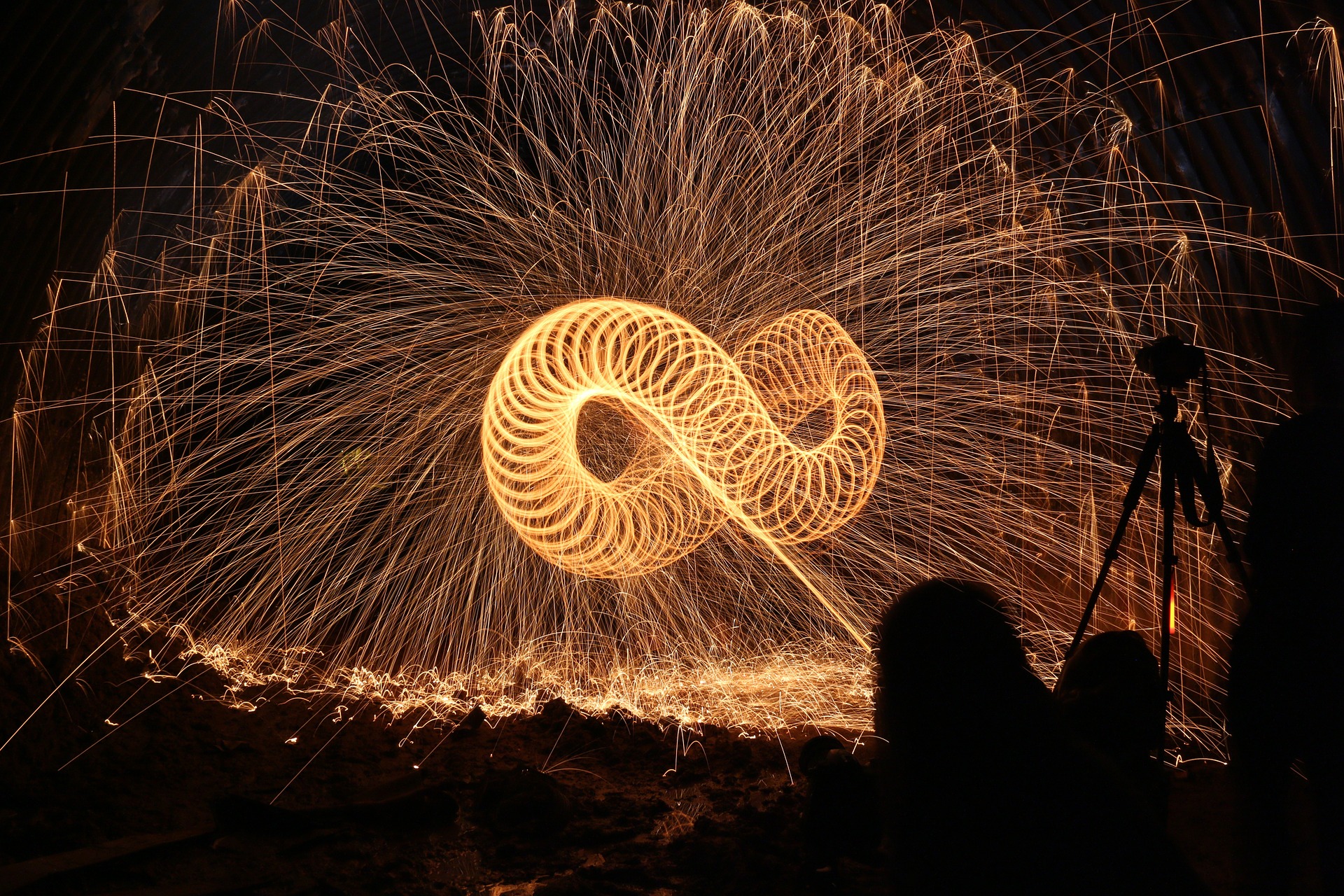Creativity in Research: Why, What, How?
In Autumn 2018, doctoral students at the Faculty of Medicine, University of Helsinki, had the opportunity to attend the course Creative Scientists – Path towards breakthrough ideas, a series of workshops aimed at stimulating their creativity and enhance the quality of their research. For a short presentation of the course, you can watch the video. For details, you can read the blog post.
Why? Creative performance is both nature and nurture
For decades, Dean Keith Simonton researched creativity in science and concluded that creative performance is a matter of both nature and nurture. The nature aspect tells that outstanding performance is a combination of personality traits.
The nurture aspect rests upon the assumption that every person has creative potential, which can be developed through education and training and influenced by the socio-cultural environment, the “spirit of the time”. This perspective prompted the design of this course.
Boosting the creative thinking can help, by shifting perspective on what researchers know, which can ultimately point to novel problems to focus on. But first, researchers need to acknowledge their creative potential and engage in activities that can help them fulfil their potential.
What?
Creativity was defined as the ability to make unusual connections in order to come up novel and surprising ideas. To train the creative potential of the students, the course had three goals: 1) to increase task motivation awareness; 2) to boost problem finding skills; and 3) to embrace a creative attitude in everyday research.
How? Seven Ways to Boost Your Creative Potential
- Map out the creative process
From the moment when an idea buds in the mind till the moment when the idea is ready to be communicated to peers, there are five stages: preparation, incubation, insight, evaluation and implementation.
Preparation stage is about getting immersed in the knowledge pertaining to a particular interest. Incubation stage is about relaxing the mind and allowing the brain to passively work on the problem. Insight is the “Aha!” moment when the idea comes to the surface of awareness and we feel impelled to act upon it. Evaluation is the most painful stage when we make a self-evaluation of the insight. What would others think of it? Implementation is about deciding on the practical steps of bringing the insight to life and about being motivated to work hard.
Each stage involves specific cognitive and affective processes . Being aware of these processes can help you manage your creativity for the best outcomes.
- Spend your motivation wisely
Motivation is an energetically demanding brain function and hence a limited resource, so it is important to learn how to use it wisely. For example, on a timescale of seconds to hours, getting motivated to apply for a scholarship can temporarily deplete the motivation to carry on with problem-solving tasks.
Therefore, researchers may benefit from developing regular work habits to monitor and adjust their level of motivation such as establishing cues to judge whether they are above or below the optimal level of motivation for a specific creative task, as well as identifying activities that enable to rapidly change the level of motivation (e.g., mild exercise, short walks, or meditation).
- Practice intuitive thinking to discover new interests
Openness to new experiences, such as getting exposed to information from different fields can lead to cross-training which seems to be very important for creative performance. Recent examples of cross-training are the film-maker Kris de Meyer and the comedian Ori Amir, two neuroscientists who initiated artistic projects where they could apply their scientific knowledge, stimulate their creative thinking and develop new interests along the way. Intuition can trigger the curiosity to new experiences.
- Generate new research scenarios based on a different set of assumptions
“What if we can make the immune system better attacking cancer by temporarily disabling the breaks, basically keep the immune system from turning itself off? “ asked himself James Allison, 2018 Nobel Prize Winner in Physiology or Medicine. It was a controversial question among his peers but by further exploring it, Allison understood how proteins on immune cells can be used to manipulate the immune system to attack cancer cells.
Hypothetical thinking opens the mind up to new possibilities. What if people had three eyes instead of two? What if you told a story about your research to a 7 year old? Hypothetical thinking starts from simplifying your story, challenging assumptions and envisioning positive endings.
- Find ways to frequently put your brain in an inspired mode
Inspiration plays an important role in the preparation and incubation stages of the creative process. Neuroimaging studies show that people are in an open and receptive state just before the moment of insight. Openness meditation is an example of an activity you can try to put the brain in an inspired mode. Unlike other types of meditation, openness meditation taps into divergent thinking, which allows the generation of many new ideas.
- Deal with feedback constructively
Receiving criticism can discourage you from experimenting with new ideas. Learning how to listen to all sorts of feedback from different kinds of people is fundamental for your creative growth. Emotional attachment to your ideas can sometimes be a barrier to constructive learning, so it is important to grow awareness of your emotional reactions in order to understand the objective value of feedback. It may be wise to take a few days break before deciding how to improve on the idea.
- Embrace an experimentation attitude to quickly test new hypotheses
So far we discussed how to boost your creativity in the first four stages of the creative process. Let’s move to the last stage: implementation. At this point in the creative process, you are required to adopt an experimentation attitude. This stage takes most of the time and hard-work and it may be what Edison referred to when he said that creativity is 1% inspiration and 99% perspiration.
Embracing the experimentation attitude means accepting failure as an inherent part of the process while developing pretotyping skills. Pretotyping is about taking emotional and financial risks to do tests and pitching your project to individuals who might be able to help.
Conclusions
Before running marathons, we train our endurance. Before exams, we diligently examine the required reading material. We count on endurance and learning to help us achieve exceptional performance.
How about counting on creativity to come up with new knowledge to the domain of expertise? By developing a habit out of monitoring their creative process, researchers can enhance their creative thinking skills to achieve breakthroughs.
Acknowledgments
The course was designed and facilitated by Oana Velcu-Laitinen. I’d like to express gratitude to Chiara Facciotto, Vincenzo Cerullo, Karina Barreiro and Hazem Ibrahim for supporting and brainstorming on the concepts covered in this course.
Special thanks to the Doctoral Program in Biomedicine, at the University of Helsinki, for believing in the importance of developing the creative potential and sponsoring this course.



